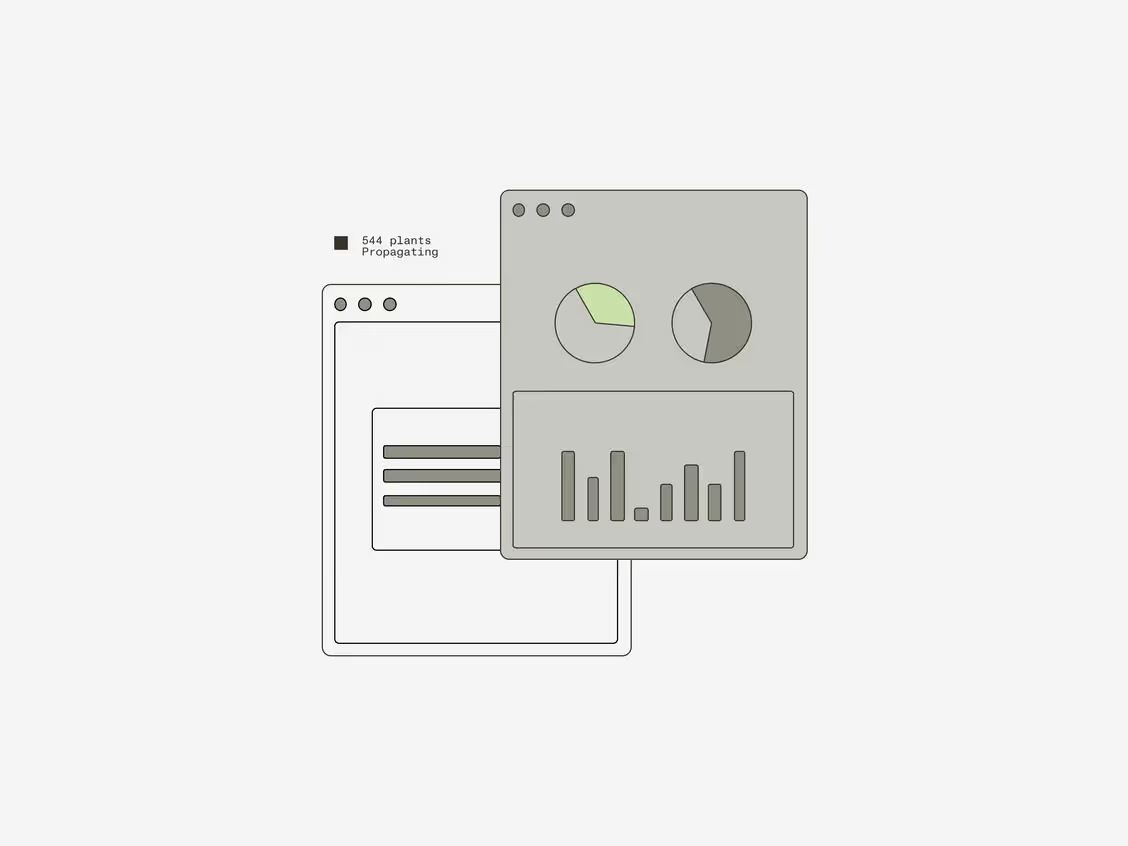Education Guide
A deep dive into daily light integral (DLI)

Plants need light to survive – but how much, and for how long? In indoor and greenhouse environments where humans provide the lighting, understanding the nuances of light exposure can help growers achieve consistently better yields and crop quality in the long run.
One way growers can optimize their growing environment is by managing daily light integral, or DLI, which measures the cumulative light energy available to plants within a given time period. Since light is crucial for photosynthesis and overall plant health, optimizing DLI can dramatically improve crop yield and quality.
In this post, we’ll explore why DLI matters in cannabis cultivation and how growers can manage it effectively to achieve their goals.
Why DLI matters for cannabis cultivation
DLI is calculated by multiplying photosynthetic photon flux density, or PPFD, by the total number of light hours. Expressed as moles of light per square meter per day (mol/m²/day), DLI ultimately reflects the available amount of photosynthetically active radiation, or PAR, photons for that period of time.
Understanding DLI is important because achieving the right light levels enables cannabis plants to perform photosynthesis effectively, leading to robust growth and healthy yields. A Daily Light Integral that is too low can cause weaker plants, while a DLI that’s too high can create plant stress and hinder growth.
Monitoring and adjusting DLI in response to the specific needs of the plant also allows growers to balance their energy use with plant growth more effectively. This potentially reduces operational costs, but more importantly, could also lead to a higher-quality product by affecting cannabinoid and terpene profiles.
How to effectively manage DLI
Here are some of the techniques growers can use to leverage and optimize their DLI:
- Use sensors to measure light levels. To get a handle on DLI, growers must first be able to measure how much light their plants are receiving. Advanced sensor technology that measures light levels and delivers accurate PAR measurements from all light sources can help a grower to continuously maintain the ideal DLI for their plants.
- Make lighting adjustments. Access to real-time data gives growers the information they need to make informed lighting decisions. Based on DLI readings, cultivators may change the duration of light exposure, adjust the lighting intensity, increase the number of hours that lights are on, or make other adjustments.
- Track, monitor, and adapt. DLI should be monitored regularly to ensure it stays within the optimal range for each phase of plant growth. The angle, intensity, and distance of light from the plants are just a few of the environmental factors that can impact DLI. Growers should be prepared to adapt their setup as needed.
Using DLI to achieve better results
DLI is a fundamental concept that can significantly impact plant growth, yield, and quality. With the right sensor technology, growers can ensure their plants receive optimal light exposure throughout every growth cycle. Understanding and incorporating DLI can make cultivation processes more efficient, improve overall plant health, and ultimately lead to better results with every harvest.
To learn more about DLI, check out these clips from Office Hours: Episode 20, Episode 31, and Episode 53.
